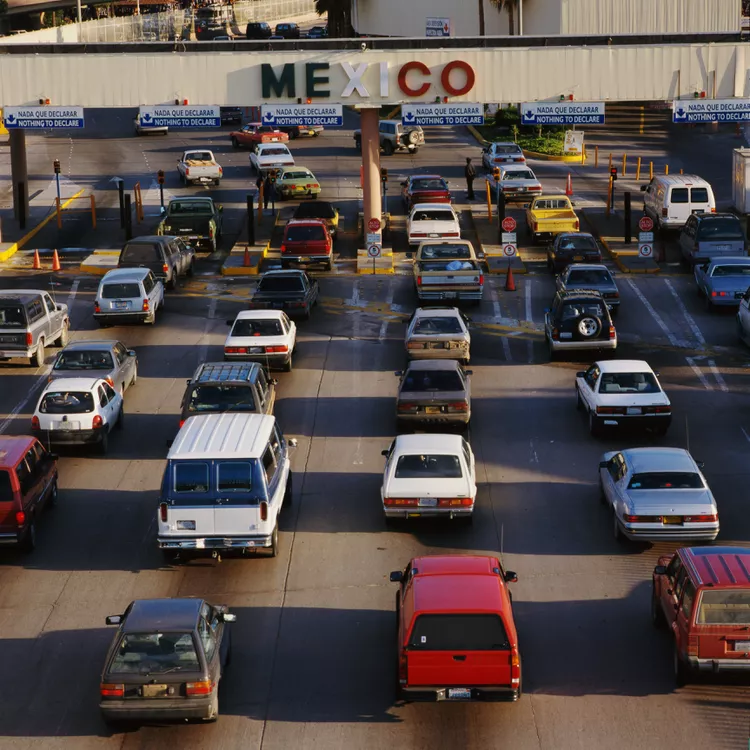Summary
Crossing the Border
When you are in the Southwest, it is very tempting to cross the border for a little shopping and exploring Mexican culture. Sonora, the Mexican state to the South, has been actively promoting its attractions, stating, “Sonora Get’s It!” This advertising campaign encourages visitors to drive over the border easily.
Every day, many seniors travel from Yuma to Algodones for essential services such as dental care, prescriptions, and eyeglasses. Surprisingly, despite the daily flow of tourists, eight Sonoran cities rank among the 121 Mexican municipalities with the highest violence per capita. Therefore, the question arises: Are tourist areas in Mexico truly dangerous?
According to the U.S. State Department in their article on Spring Break in Mexico, exercising common sense is essential. The representative stated, “While the vast majority enjoy their vacations without incident, some may die, hundreds will be arrested, and many will make mistakes that could impact them for the rest of their lives.” Thus, using practical judgment will help travelers avoid unpleasant and potentially dangerous situations.
The State Department regularly issues travel alerts that keep travelers informed about areas to avoid.
RV Safety Tips
RV trips into Mexico can be enjoyable; however, taking precautions is advisable:
- Travel in a caravan with people who know the language and safe routes.
- If you experience a breakdown, ensure others are aware and remain with your vehicle.
- If stopped by police, accompany them to the police station but take your license plates to prevent theft.
Common Sense Safety Tips
- Travel in groups.
- Stay within popular tourist areas (gift shops, restaurants, hotel zones).
- Be mindful of your drinking; appearing intoxicated can make you a target for theft.
- Follow local laws carefully. Avoid drinking and driving, using illegal drugs, or bringing firearms across the border.
- Take care of your well-being. Carry water to prevent dehydration, wear sunscreen, and have a list of your medical prescriptions
- Keep an emergency contact and phone number handy.
- If you require assistance, remember that 911 services on U.S. cell phones work in regions like Puerto Penasco, San Carlos, and Guaymas.
- Be aware of the operating hours of your border crossing point; not all are open 24 hours.
Violence in Sonora
Eight cities in Sonora are included in the list of the 121 Mexican municipalities with the most violence per capita:
- #8 – San Luis Río Colorado
- #17 – Agua Prieta
- #19 – Nogales
- #50 – Ciudad Obregón
- #63 – Navojoa
- #76 – Hermosillo
- #89 – Caborca
- #92 – Guaymas
Travelers to the border region, including destinations such as Tijuana, Ciudad Juarez, Nuevo Laredo, Nogales, Reynosa, and Matamoros, should remain vigilant and aware of their surroundings. This advice is not only relevant to Mexico but also applies to any major city where crime rates may be higher than average.
Documents for Tourist Travel
As of June 1, 2009, U.S. citizens returning to the United States from Mexico through a land port of entry must present either a U.S. passport or a U.S. birth certificate along with valid identification such as a driver’s license. From June 1, 2009, passports and passport cards are the only accepted forms of ID. Passport cards became available starting in spring 2008 for U.S. citizens who cross the border occasionally.
Unless you are visiting the Baja Peninsula, tourists who wish to travel beyond the border zone with their vehicle must obtain a temporary import permit to avoid having their vehicle confiscated by Mexican customs officials.
It is also advisable to have a copy of your passport readily available, in case it is misplaced while crossing the border. If you plan on staying overnight, consider keeping your passport in a hotel safe and carrying a copy in your purse or wallet.
When You Go Across the Border
By limiting your activities to main tourist areas during the daytime and returning to the United States before late evening, you can have an enjoyable experience. It is essential to stay informed by monitoring news and State Department warnings. Follow all local rules diligently.
One should not judge border towns by U.S. standards as the quality of life and living conditions may differ significantly. Embrace the experience of being in a foreign country just moments away from the United States.
Exercise caution regarding food and drink. When dining in restaurants, opt for fully cooked dishes. It is advisable to avoid fruits, vegetables, and dairy products that may not be pasteurized. Also, steer clear of ice in drinks; opting for soda, beer, or wine is often a safer choice.
When shopping in local markets or small shops, it is customary to negotiate prices, starting at half the quoted price. Be cautious with quality, as items that seem like gold or silver may not hold their value once you cross back over the border.
Last but not least, understand and adhere to customs regulations, declaring all purchases made. Be aware of the specific limits on cigarettes and alcohol, and ensure to check the current rules prior to shopping.





